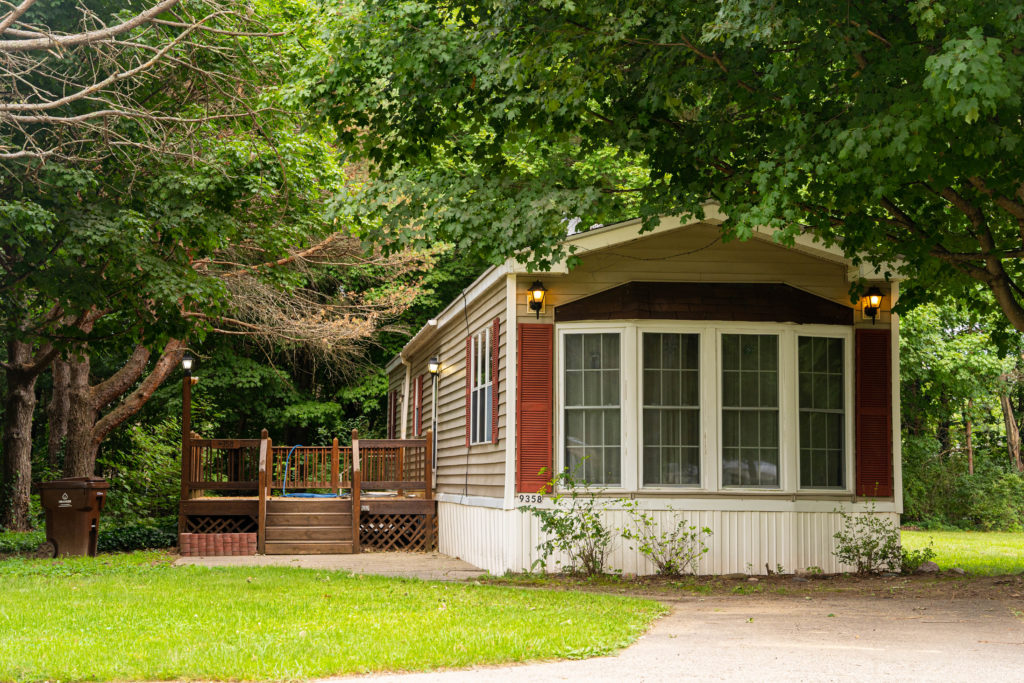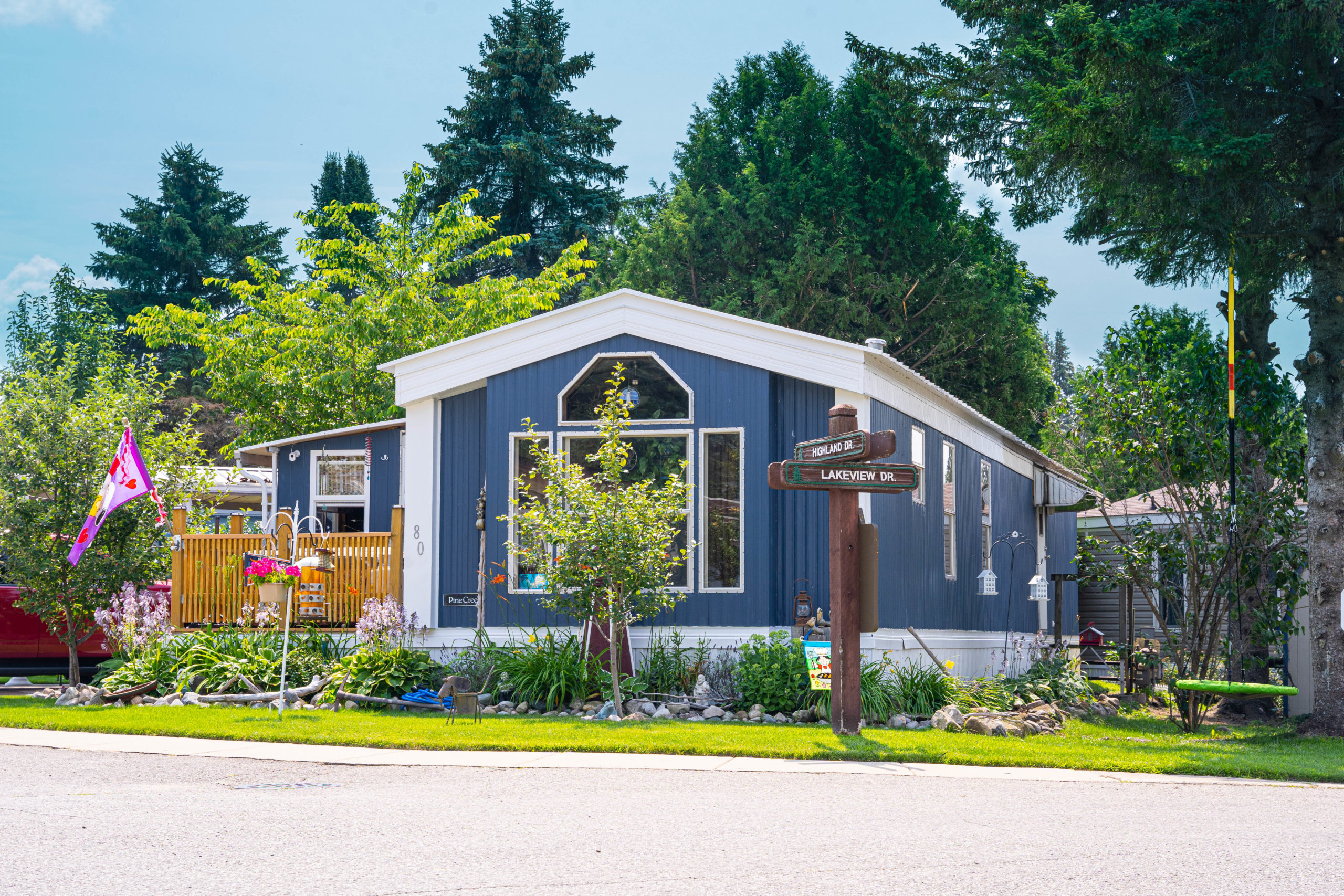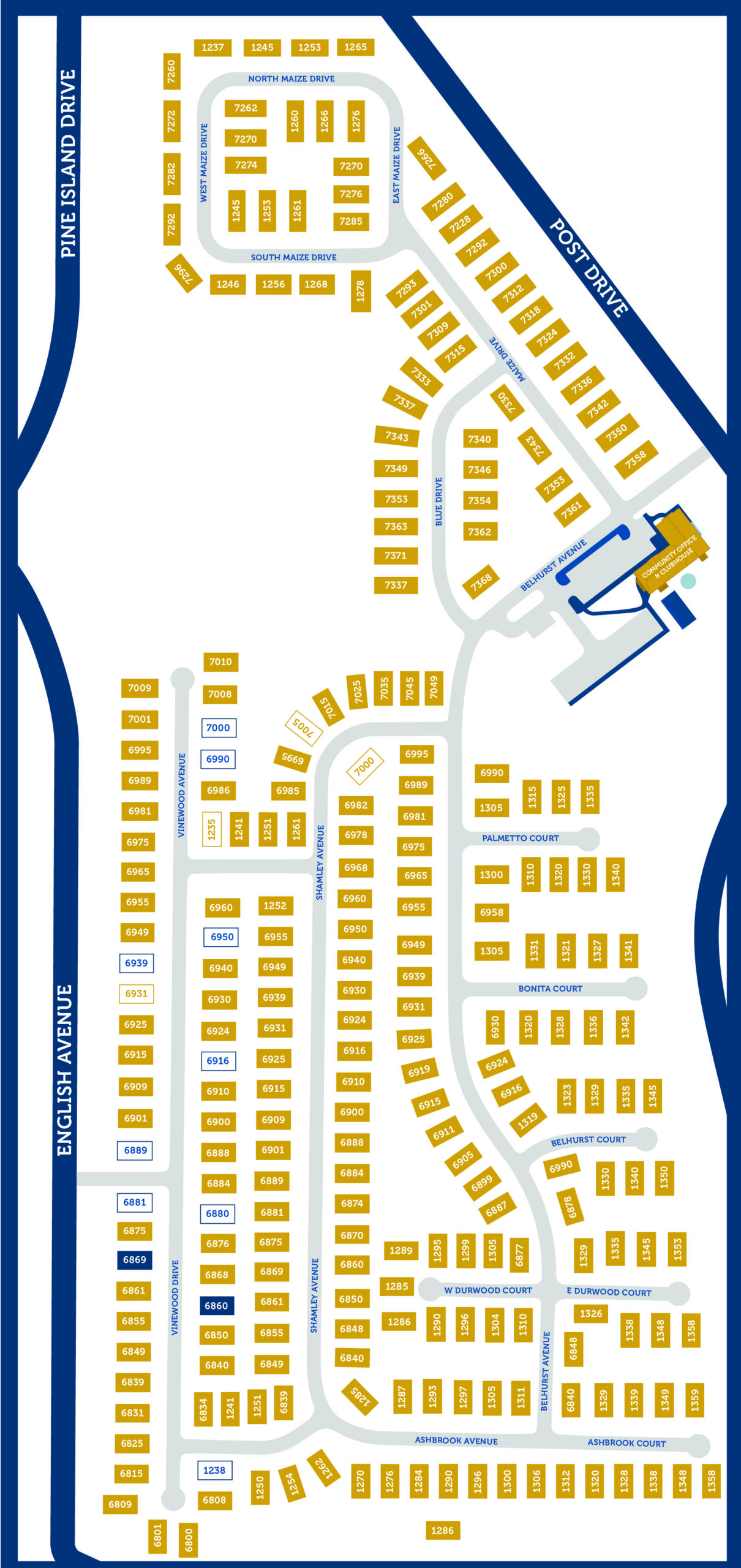From the Blog
How to Identify a Modular Home vs. a Manufactured Home
All homes are the same, right? Wrong.
While every home has many similar essential features – walls on each side, a roof, a front door – even homes of similar appearance and building process have subtle differences that have significant ramifications. How exactly the home is constructed, how much it costs, and even what its resale value might be can be heavily influenced by what kind of home it is.
Needless to say, for anyone looking to buy a new home, this is must-know information. It can be the difference between moving into your dream home or finding yourself in a home falling short of your expectations. However, identifying the differences or even knowing what to look for can be tricky if you aren’t familiar with the ins and outs of the home construction process. This is especially true when learning how to identify a modular home vs. a manufactured home.
Modular homes and manufactured homes look incredibly similar and undergo an almost identical construction and assembly process but possess differences that cannot be overlooked by anyone considering a factory-built home.
So, how do you identify a modular home versus a manufactured home, and which one is right for your first home or a new home for your growing family? This guide will tell you everything you need to know about your options in the increasingly popular factory-built home market.
What is a Modular Home?
Modular homes are built in controlled environments, like a factory, which causes them to have a shorter and more efficient building process than a site-built home under a well-defined construction code.
Once the home is built, a modular home is loaded up and delivered to its location to finish assembly and get it move-in ready for the incoming homeowners. Modular homes are built on a removable chassis, meaning that once it has been delivered, the home has reached its final destination.
What is a Manufactured Home?
Manufactured homes undergo an almost identical construction process to modular homes. However, built-in a controlled factory environment, manufactured homes also have a shorter and more efficient building process, no more than two- to two-and-a-half months from start to finish.
Where modular homes and manufactured homes differ on the surface is the kind of chassis they are fixed to during construction and transportation. While modular homes are built on a removable chassis, manufactured homes are fixed to a permanent chassis, which helps guarantee its mobility if desired by the homeowner later on.
Code Regulations
The chassis of modular and manufactured homes is just one of the differences between modular homes and manufactured homes. While this is a physical difference, perhaps the most significant difference between the two factory-built homes is the codes they must abide by during construction.
Each of these homes is subject to different codes they have to follow when being built. The codes translate to other design considerations that impact various aspects of the home. Understanding what these codes are, what they mean, and which one aligns with your needs the best is vital for choosing the right home for you and your family
Modular Homes
Modular homes are subjected to two necessary building codes: the UBC and IRC.
UBC (Uniform Building Code): UBC was established back in the 1920s, meaning you’ll often see older homes typically built before 1997 that are required to abide by this code. UBC includes a list of minimum requirements each home must follow regarding the foundation, plumbing, roofing, electrical, and sanitation requirements. Essentially, this code guarantees that modular homes are equipped with all the basics needed to be a safe and livable environment for those who move in.
IRC (International Residential Code): IRC is a more modern building code designed to keep up with and meet the everyday needs of one and two-family homes. The code creates safeguards for public health and the safety of the home and the community. The IRC’s code provisions cover all aspects of construction, including building, energy conservation, plumbing, mechanical, fuel gas provisions included through an agreement with the American Gas Association and electrical provisions.
Manufactured Homes
HUD Code: Manufactured homes, on the other hand, are subjected to a single, comprehensive building code known as the HUD code. One of the primary characteristics the HUD code requires for manufactured homes is the guarantee of a permanent chassis attached to it to ease transportation. A permanent chassis ensures the home is fit for proper transportation and can be mobilized as needed.
The HUD code also has regulations for other construction elements such as the minimum size of the home, ceiling height, number of outside doors, and even the number of windows, among others. HUD code also requires manufactured homes to abide by the local area’s regulations, which vary from region to region, specifically regarding wind resistance.
The HUD code considers all variables to ensure that manufactured homes are safe and fit for comfortable living no matter where they are located.
Materials Used and Labels
Codes aren’t the end of the methods of identifying modular homes vs. manufactured homes. Both houses use slightly different materials and labels used during construction. However, this aspect is not incredibly apparent right off the bat – unless you start tearing down walls, of course. Here is how the two differ.
Modular homes are built with the same kind of lumber used in site-built homes. Modular home builders also use techniques such as using sheetrock to hold onto walls and ceilings with a two-part expanding foam. This foam serves dual roles as both an adhesive and a method of insulation and draft prevention. They are secured using the same process you would see with the stick-built process. Modular homes will also have a label certifying they’ve been manufactured under the correct UBC and IRC codes.
Manufactured homes, on the other hand, are typically built on steel beams rather than wooden trusses. These kinds of metal supports help give the structure of the home superior strength and safety.
It is also important to remember that manufactured homes are built under the HUD code. Therefore there should be a HUD tag attached to the outside of each piece of your home. You should also be able to locate a HUD label that has a compliance certificate somewhere in the kitchen or master bedroom.
Aspire Communities

We are proud to be one of Western Michigan’s largest owners and operators of manufactured housing communities, committed to improving our residents’ quality of life.
At Aspire Communities, our mission is to create beautiful homes that you and your family are proud to call home. In a world that makes getting ahead in life difficult, we have worked hard to create affordable housing so that you can have a fighting chance. When you choose to live with us, you choose to live in a community mindful of your needs and eager to provide you with the high-quality service and respect you expect and deserve.
Finally, feel empowered to take control of your life in a home and community that supports you. Join the 2,000+ happy residents currently living in an Aspire community, and contact us today.
Are you still trying to figure out if manufactured homes are the right fit for you? Check out our blog answering your question if Manufactured Homes Are a Good Investment in 2021




